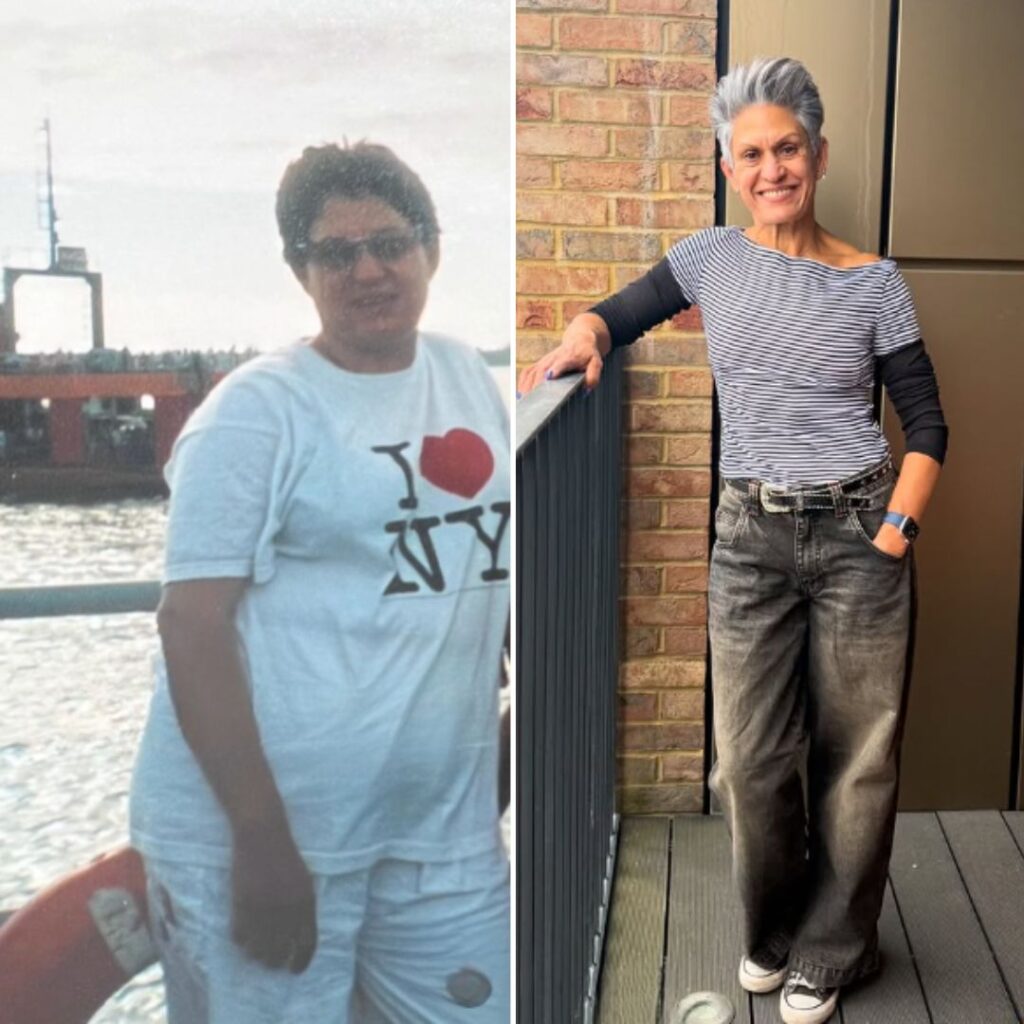Emotions were running high at the Mission Control Centre in Sriharikota. A little before midnight on January 24, Indian Space Research Organisation (ISRO) was set to launch its new and improved PSLV C 44, which was carrying a 740-kg imagining satellite called Microsat-R and a 1.26 kg communication satellite called Kalamsat V2.
Space Kidz India and their initiatives
Unlike any of its other launches, this PSLV was carrying ‘the world’s lightest satellite’ that was set to reach the orbit. Ready to create history, and to set precedence for a new era of innovation, a bunch of young adults were anxiously eyeing the clock and the monitor in front of them at the Mission Control Centre. When the clock struck 11:37 that night, it was unlike any other as the students had done it – they were successful in putting a satellite in the orbit!
The founder and CEO of SKI, Srimathy Kesan
The students of Space Kidz India (SKI) were elated to know that the small satellite they had made over a stretch of six days had successfully left Earth, just to touch new heights. A team of eight 20-something-year-olds were responsible for this monumental achievement and guiding them was Dr Srimathy Kesan, the CEO and founder of SKI. Although the group had sent a 64-gram predecessor of the Kalamsat with the help of NASA in 2017, this launch was special since it was in their motherland, India.
While the news had then made headlines, placing the organisation in the fore, Dr Srimathy Kesan said that the most recent one is truly monumental. Talking to The Logical Indian, she said, “What makes this launch so important is that for the first time, the satellite is going to use the fourth stage of the PLSV as an orbital platform to carry out the experiments, something which has not been done before.”
Furthermore, she said that authorities at ISRO not only helped the group through the entire process of building the celestial unit but also offered to launch the satellite free of cost. Dr Srimathy Kesan has always been a science enthusiast and in 2012, she set up Space Kidz India in Chennai, with the aim of creating more young scientists in India and at the same time, nurture a sense of scientific zeal among children today.
She said, “Parents today want their wards to take up jobs which pay and do not place enough emphasis on research or science.” Space Kidz India is in a constant search for young talents in the field of Science and Technology and also provide them with an international exposure apart from extending an opportunity to meet up with eminent Indian scientists and rub houlders with them, she added.
Kesa, who is also the Ambassador to the NASA Space Camps at KSC (Kennedy Space Center), is at present mentoring 15 students. While some of them are in college, her sub-junior team is made up of children aged between four and nine. She said that senior children conduct workshops and classes with the junior ones.
Students who built the nanosatellite
With the aim of nurturing creative ideas and attract school students to take up a scientific career, she started the Young Scientist Competition in the same year. It is through the competition that Kesan picks up raw talent with a genuine zeal to take up science. She said that space exploration is expensive and is out of reach for most of us. While India has the potential to hone skills indigenously and stop large-scale brain drain.
It was during the first leg of the Young Scientist Competition in 2012 that Kesan ‘handpicked’ Rifath Shaarook, who was a 9th grader then. While he did not win the competition, his paper mache satellite model compelled Kesan to have him on board. Little did she know that Shaarook would go on to make headlines years later.
Rifath was instrumental during the launch of the first Kalamsat and this time too, he served as the lead scientist among a team of eight. The 19-year-old, while talking to The Logical Indian said that the team conducted research for the satellite for the last six years and actually built it in six days time. He said, “We worked for 20 hours every day for six days and came up with the satellite.” This satellite will rotate around the earth for two months and will serve as a stepping stone for research.
Talking about the struggles of being a kid in India who is interested in science, he said, “People, when they hear that we want to send satellites in space, they ridicule us and do not take it seriously. It feels great to finally prove it to them.”
Kalamsat V2 is certainly not where the Space Kidz India team wishes to stop. With innovations in aerospace technologies, moon rovers, bio-agricultural projects lined up, the team has no plans of stopping. The Logical Indian applauds the team and the organisation for honing scientific skills of young enthusiasts.
Also Read: #Strike4Hike: Police Detains Around 700 Protesting Research Scholars Demanding Pay Hike












